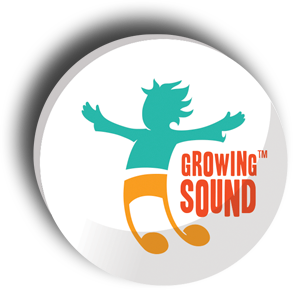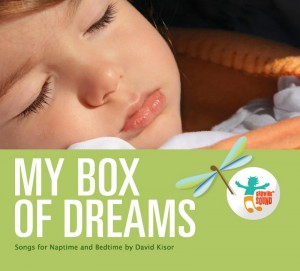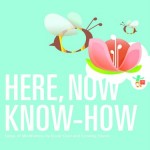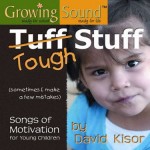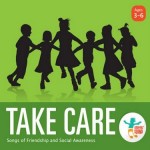
Textures
Introducing textures is a fantastic way to engage a toddlers’ desire to explore and understand the world. All you need is a poster board, a black marker and different textures, such as sandpaper, beans, cotton balls, pastas, and pipe cleaners. Draw the alphabet on the poster board. Then allow your toddler to decorate each letter with the textures. After decorating the letter, encourage the toddler to finger the shape of the letter. Later, draw the toddler’s name on a poster board and have them decorate his/her name. Soon your child will notice these letters on signs, posters, and billboards. For little ones learning to write, their fingers can experiment with the shape of the letter before grasping a pencil. Say the letter out loud as your child runs his finger over the letters.
Measuring
Although a ruler is the most common form of measuring, experiment with months, seasons, or even apples. Have your child lay down in the grass then see how many apples it takes to measure how tall he or she is. Get out the Legos and see how many Legos it takes to measure the length of the couch. Go to your child’s bedroom and see how many books it takes to cover his or her bed. Always count as you lay down the items and soon your child will be counting and measuring in all different ways.
Labeling
Labeling is a wonderful way to bring print awareness into a child’s life in a natural way. A child automatically knows how to “read” the word since it is attached to a known object. This process increases a young child’s confidence and makes print come alive in a very real way. Pick a few items to label in your house, such as the refrigerator, doors, chairs, toybox and label just two objects every few weeks. Do two objects this week and two new objects next week. Just create a label that is big enough for your child to recognize. Put them on an index card and double stick to objects. Labeling allows children to know that everything has a set of common symbols to be written down and identified. Read the word and point out different letters and introduce the words. Reinforce the concept daily and over time, your child will be able to identify the words independently. In a few weeks when you hand your child the labels, they will be able to stick them onto the object. The experiences children have during their first five years have a tremendous impact on the development of their brains, their health, and their future as adults.
Organization
Tie in the label activity by keeping toys, clothes, dishes, and silverware in specific places. Turn this into a guessing game. Ask your toddler where certain items belong. Where do your toys go? Where should your shoes be stored? Just for fun, place the forks in the sock drawer or a toy in the refrigerator and challenge the toddler to fix your mistake. They will love it when you make a mistake. These tasks give you a way to begin teaching your toddler about responsibilities, helping others, and being part of a family.
Scavenger Hunt
Children love to investigate and explore. This is something you could do when you are grocery shopping. Have your toddler look and point out anything the color red. Or look for objects in the shape of a circle. At home ask him or her to search the bookshelves for a specific letter, word, or number. Or pretend you cannot find a pair of blue socks or the carton of milk. Send your child on a mission to locate the items in the house.
Know Your Neighborhood
At home cut out photos of the gas station, the supermarket, fire station, library, the dry cleaner, and the doctor’s office and paste them on index cards. As you pass each place, discuss the details of these neighborhood locations. Talk about who works there, the reason you are going there, and what items you will find inside. Take the index card with you and ask your child to find the card that matches your neighborhood building. Take a visit to the town center, the fire station, the police station, and the post office. It could also be fun to sing the People in Your Neighborhood from Sesame Street.
Encourage Singing
If your child is going to daycare, ask the teacher for the class’s favorite songs and sing them at home. Sing easy classic songs such as the alphabet song, the itsy-bitsy spider, and the wheels on the bus. Do the hokey pokey and head shoulders, knees and toes with your child. They will start learning through song as they recite letters, numbers, days of the week, and body parts to melodic tunes.
Positive toddler development is a holistic approach that focuses on creating a developmentally appropriate learning setting. Another defining characteristic of positive youth development is that youth are treated as equal partners and engage with their communities, schools, organizations, peer groups, and families in ways that are both constructive and productive.
Growing Sound’s Music is Based on the Latest Research in Social & Emotional Development.
We have received numerous awards for our products including Mom’s Choice Award, Parent’s Choice Award, Teachers Choice Award, Creative Child Magazine Award, Family Review Center Awards, Oppenheim Award, and more.
Click On A Collection To Listen To the Music!
Who You’ll Be Someday:
Songs and Stories for
Naptime and Bedtime
Ages 0-4
Contact us for more information!
